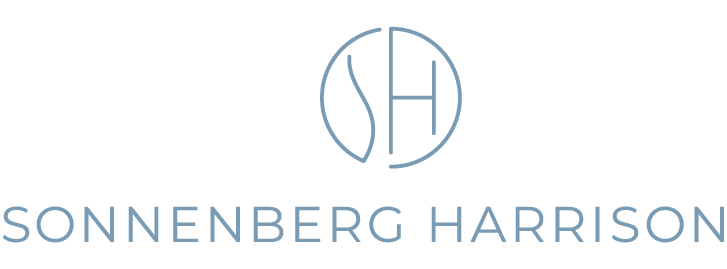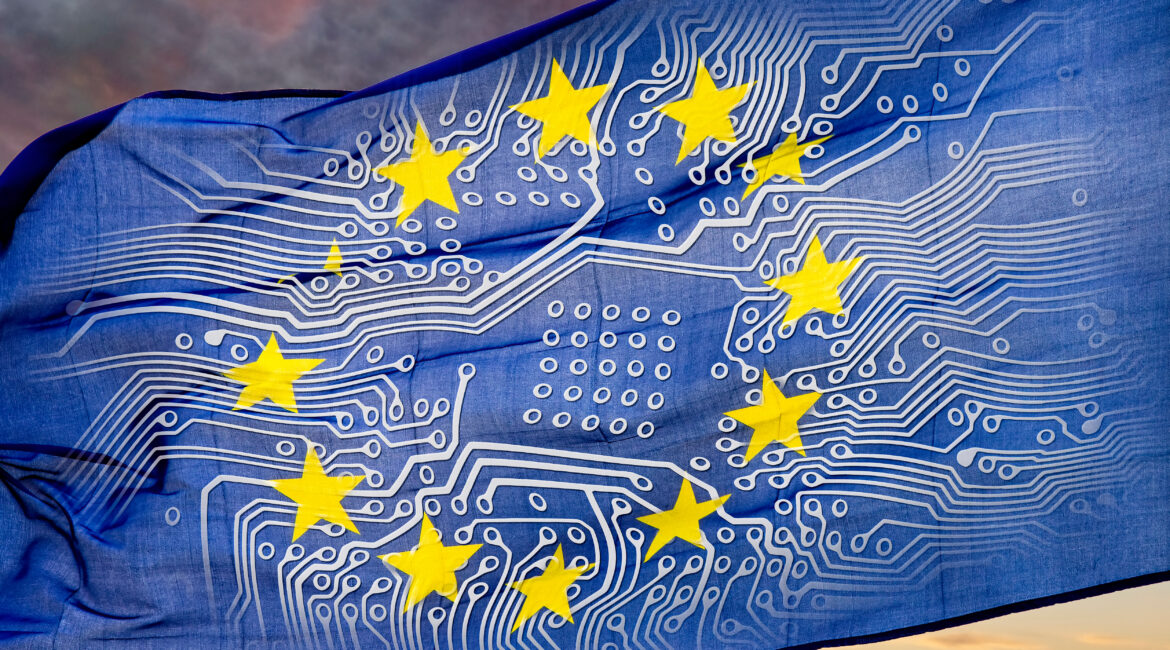The European Union published in November 2020 a report on the challenges to the Intellectual Property Rights framework by the development of artificial intelligence. The report focussed in particular on the fields of copyright and patent law as this is the area in which the challenges are increasingly found.
The report begins with an outline of artificial intelligence and the areas in which the technologies is beginning to make an impact. As the report notes, many innovations in the field have been protected by trade secrets and, as long as the results are kept confidential, the issue of who actually developed the innovations and their ownership does not arise. There is simply never any claim. On the other hand, publication of the results or filing a patent application implies that the author or the inventor should be identified – and this may not be entirely clear when the work has been developed by the use of an AI system.
In the European Patent Convention, there are no rules regarding ownership of inventions. The procedural right to the patent is deemed to belong to the Applicant and a decision by the Enlarged Board of Appeal in case G3/92 stated that only the inventor or their successor in title is entitled to apply for the grant of the European patent. The question recently arose about the designation of the inventor and the EPO in a decision under appeal rejected the designation of an AI system known as DABUS as being the inventor. The EU’s report leaves the question open but notes that the current laws of many countries require a human to be named as an inventor.
The discussion of novelty in the report is brief. It correctly states that there appear to be few, if any, significant novelty-related challenges to the novelty requirement under the European Patent Convention.
On the other hand, the assessment of inventive step is likely to be more challenging in the future. The problem solution approach to assessing inventiveness is well-established in the European Patent Office. This requires that the Applicant identify a technical solution to a technical problem. There are three steps involved: determining the closest prior art, establishing the “objective technical problem” and finally considering whether the claimed invention, starting from the closest prior art and the objective technical problem, would have been obvious. It is this last factor that is relevant as the availability of AI tools to a skilled person may indeed change the assessment of obviousness. Not only can an AI system find more prior art than a human examiner, but the common general knowledge of the Examiner might also be enhanced by the use of an AI tool. The report concludes that this assessment may indeed change in the coming years. As the report correctly notes, the patent system should be seen as creating incentives for inventions that would not otherwise occur without such incentives. If the AI system could easily produce an invention, then it may no longer be considered inventive enough to require a patent as an incentive.
The last question in patent law to which the report devoted much discussion was the sufficiency of disclosure. AI often performs its processes inside a “black box”. This is, however, not seen as being fatal to patentability, as long as an Applicant can explain why their invention works and if it is reproducible and otherwise plausible. There may be a need to deposit AI algorithms in a manner similar to the existing system of depositing biological material. This may not, however, be an absolute requirement and only required in appropriate cases, such as using a proprietary system rather than an existing, commercially available system.
The report finally concludes that the European Patent Convention, as it currently stands, is suitable to address the challenges posed by AI technologies. The report states may be a need to update the current Examination Guidelines to assist the Examiner in assessing the inventive step of an AI-generated invention and in addition a system of deposit of the algorithm – and presumably training data – might be considered. It will be interesting to see the extent to which the forthcoming revision of the EPO guidelines addresses this point in detail.





